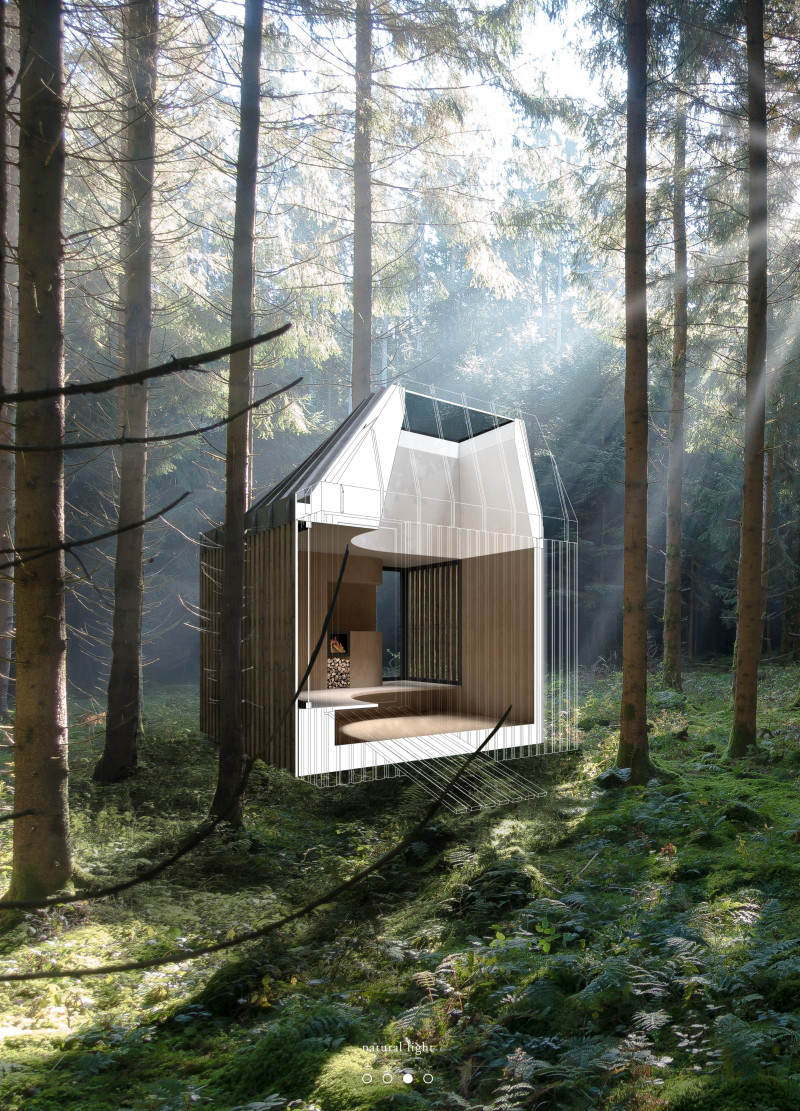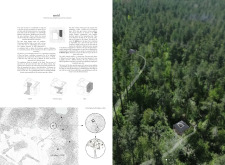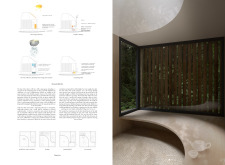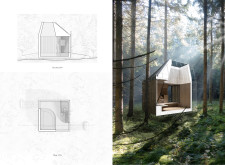5 key facts about this project
The design reflects a comprehensive approach to modern requirements, balancing the necessities of contemporary living with the timeless principles of good architecture. Functionality is central to the project, serving various needs—be it residential, commercial, or mixed-use, depending on the specific objectives of the design. By prioritizing user experience, the architecture ensures that spaces are not only visually appealing but also practical and conducive to everyday activities. Attention to circulation patterns within the building has been given considerable thought, facilitating smooth movement throughout the interiors. The spatial organization emphasizes openness where appropriate, while also allowing for intimate areas that cater to privacy and personal reflection.
From an architectural perspective, the project utilizes a range of materials that contribute to both the functional and aesthetic qualities of the space. The careful selection of concrete, glass, and wood elements reflects a commitment to durability and sustainability. The concrete provides a robust structural foundation, offering the necessary support while also allowing for innovative forms and shapes. Glass elements are incorporated to maximize natural light, creating bright, welcoming interiors that foster a connection to the outside environment. At the same time, wood adds warmth and texture, connecting the structure to nature and ensuring a balance of modernity and comfort.
An essential aspect of this project is its unique design approach that emphasizes sustainability and environmental awareness. The integration of energy-efficient systems, such as solar panels and rainwater harvesting systems, showcases a dedication to minimizing the ecological footprint. Green roofs are employed to enhance insulation and provide natural habitats for local flora and fauna, thereby promoting biodiversity. By addressing environmental concerns through strategic design decisions, the project not only meets the current architectural standards but also anticipates future needs related to sustainability.
Unique design features set this project apart from typical architectural solutions. The incorporation of flexible spaces allows for adaptability over time, accommodating future changes in user needs or technological advancements. Moreover, the design often includes elements that foster community interaction, such as shared common areas or open public spaces that invite engagement and collaboration among users. This focus on building community is particularly vital in today’s urban environments where such connections can often be overlooked.
In addition to its functional aspects, the project evokes a sense of place and identity. By drawing on local cultural influences and integrating them into the design, the architecture resonates with the surrounding context, ensuring that it does not merely serve as a standalone structure but rather as part of a larger narrative that reflects its geographic and cultural background. The expression of these elements is evident in the façade, detailing, and overall form, all of which contribute to a cohesive architectural language that speaks to both past and present.
As you explore the presentation of this architectural project further, be sure to review the architectural plans, architectural sections, and architectural designs included in the materials. These elements will provide deeper insights into the project’s design ideas and artistic intent, revealing how each component works together to achieve the overall vision. This project stands not only as a response to immediate architectural challenges but also as a thoughtful contribution to the broader dialogue surrounding sustainable and community-focused design in architecture.


























